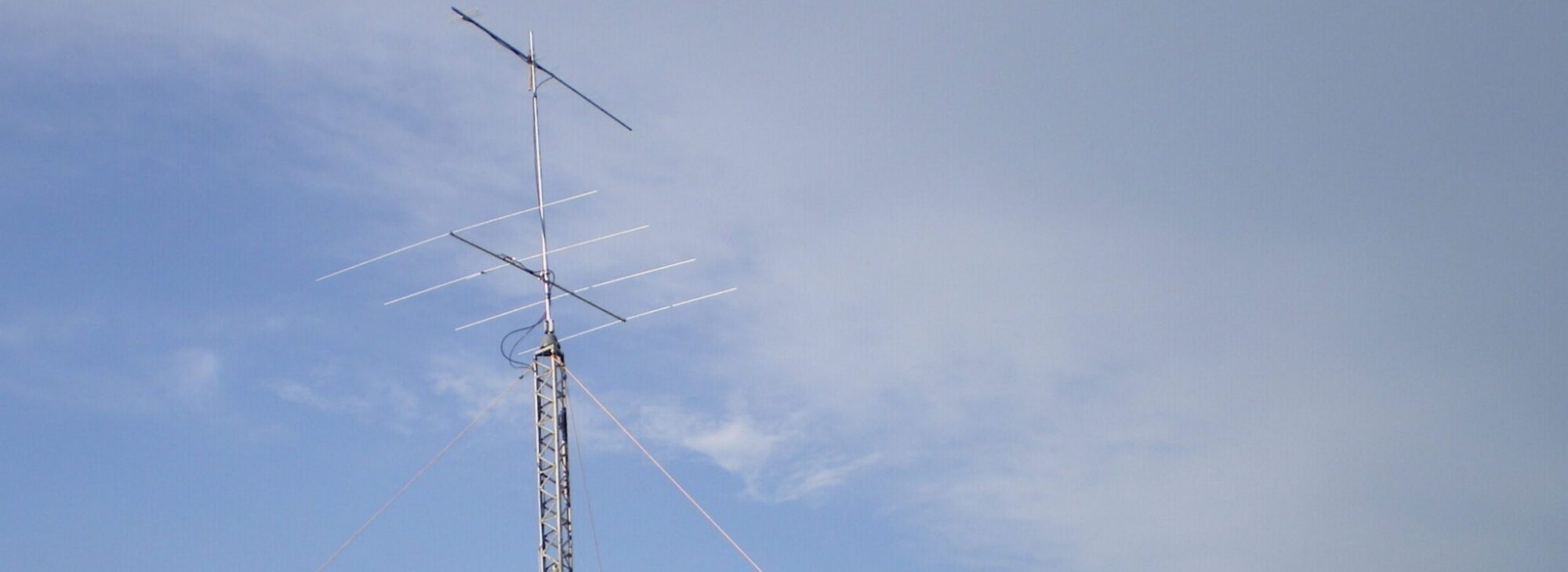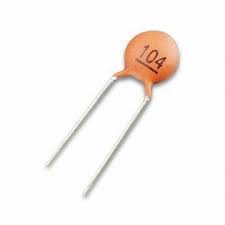This begins a series of posts about stuff which is printed on the outside of capacitors. We'll deal with some of the schemes for indicating mF, uF, nf, and pF.
For our purposes:
1 mF is also known as
one one-thousandth of a Farad
10 to the minus-3rd power of a Farad
0.001 of a Farad
1 millifarad
1 uF is also known as
one one-millionth of a Farad
10 to the minus-6th power of a Farad
0.000001 of a Farad
1 microfarad
1 nF is also known as
one one-billionth of a Farad
10 to the minus-9th power of a Farad
0.000000001 of a Farad
1 nanofarad
1 pF is also known as
one one-trillionth of a Farad
10 to the minus-12th power of a Farad
0.000000000001 of a Farad
1 picofarad
There are much larger capacitor values in other branches of electronics but we don't need to deal with that on a ham radio site.
Next, we begin relating the above definitions to the many codes used by capacitor manufacturers.
Meanwhile, there's more material about similar math notation on Wikipedia.
Appropos of nothing: there are also the mathematical prefixes Zepto- and Yocto-, which are not needed here. They just sound like two long lost Marx brothers. You know, Groucho, Chico, Harpo, Zeppo, Gummo, Zepto, and Yocto.


